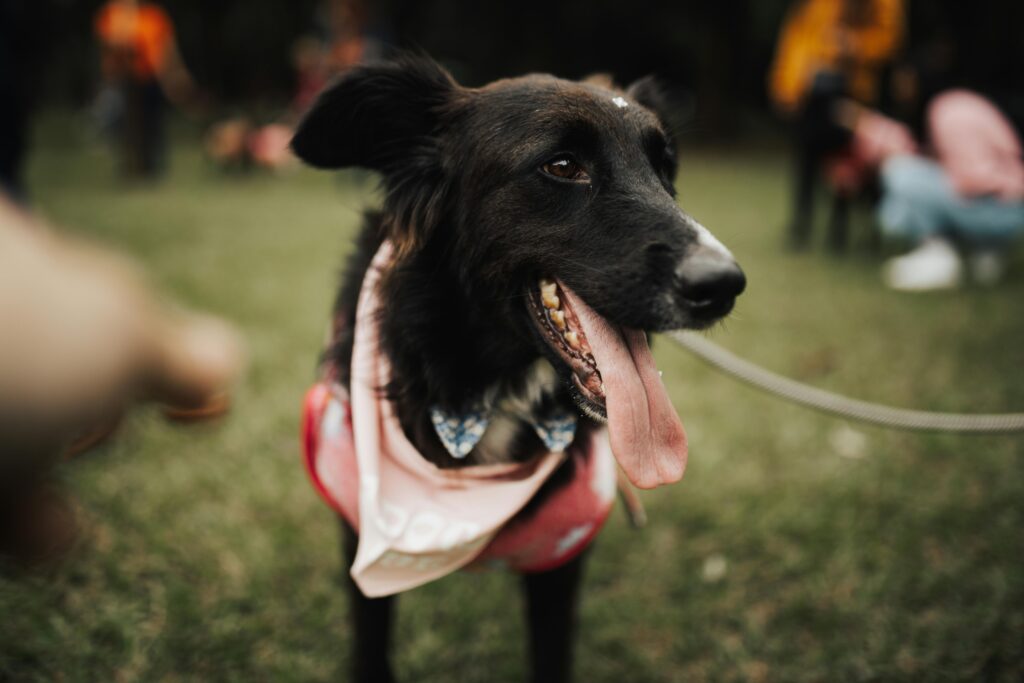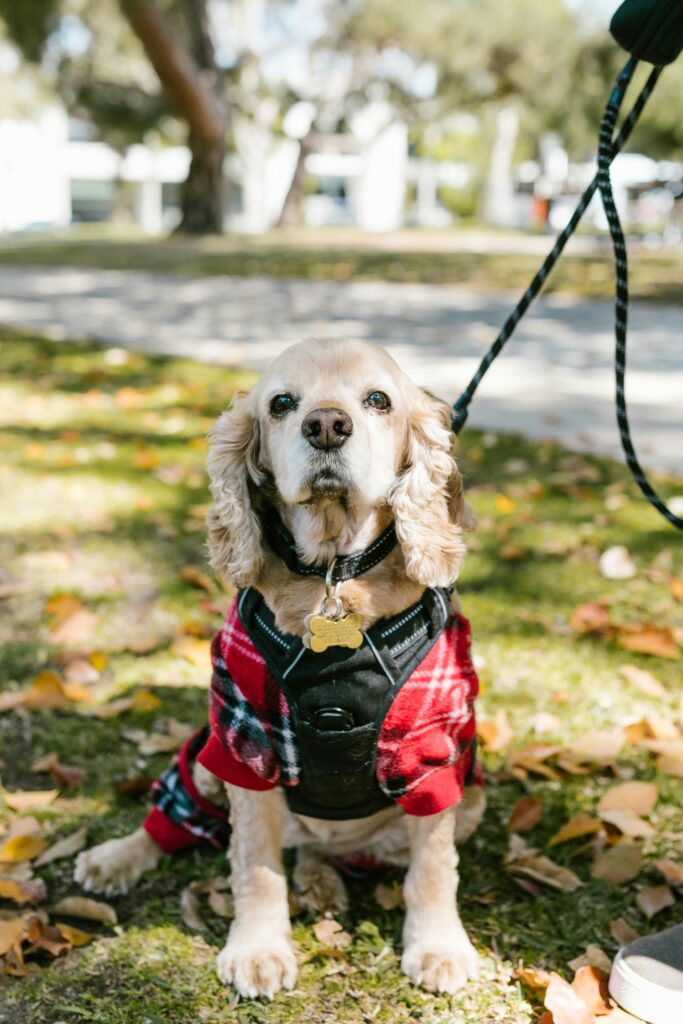Dog parks often sound like the perfect solution. A fenced area, plenty of room to run, and lots of other dogs to play with. But are they really the best environment for training and behavior development? As a trainer in Erie, I’ve worked with countless dogs whose struggles began at the dog park. While dog parks can provide exercise and social interaction, structured play often offers more consistent benefits for obedience and behavior.
Let’s break down the differences so you can make the best choice for your pup.
The Case for Dog Parks
Dog parks give dogs a chance to run, burn energy, and interact with other dogs. For some families, this feels like an easy way to meet their dog’s exercise needs.
Benefits of dog parks:
- Large, fenced space to run off-leash
- Opportunities to meet a variety of dogs
- Social outlet for high-energy breeds
- Quick way to burn physical energy
However, physical exercise alone doesn’t guarantee a balanced, obedient dog. In fact, overstimulation or negative experiences at dog parks can create more issues than they solve.
Risks of Dog Parks
Unstructured environments often lead to problems because not every dog is trained or supervised equally.
Common risks:
- Rough play that escalates into fights
- Dogs practicing bad habits like chasing or ignoring recall
- Exposure to fearful or aggressive dogs
- Overexcitement that bleeds into home life
- Increased chance of injury or illness
Instead of reinforcing calm behavior, many dogs rehearse pushy, rude, or anxious behaviors at parks. These habits can take months to undo.
The Value of Structured Play
Structured play provides the same benefits of exercise and interaction but with clear boundaries and guidance. This can happen in your backyard, on a walk, or in small group sessions with trusted dogs.
Benefits of structured play:
- Reinforces obedience while your dog has fun
- Builds focus by practicing commands between play sessions
- Reduces reactivity by rewarding calm behavior
- Encourages appropriate play styles
- Keeps your dog safe through supervision and clear rules
For example, a simple game of fetch can become a powerful training exercise when you add commands like “sit,” “down,” or “place” between throws.
Our blog on what to do when your dog lunges at people or dogs on walks highlights why unstructured exposure often worsens reactivity. Structured play, on the other hand, teaches self-control.
How to Create Structured Play at Home
You don’t need a dog park to give your pup enrichment. Instead, combine exercise with obedience in your daily routine.
Ideas to try:
- Fetch with a reliable drop-it cue
- Tug-of-war with clear rules for starting and stopping
- Hide-and-seek to reinforce recall
- Obedience drills in between play sessions
- Parallel walks with a known, well-behaved dog
Even a 15-minute session of structured play can burn energy and sharpen obedience more effectively than an hour at the park.
Which Option Is Right for Your Dog?
The choice depends on your dog’s temperament and training level.
- Confident, social dogs with strong obedience: Dog parks may work if carefully monitored.
- Nervous, reactive, or untrained dogs: Structured play is almost always the safer, smarter choice.
- Families focused on long-term obedience: Structured play consistently reinforces calm, reliable behavior.
If your dog struggles with impulse control or reactivity, our Basic Obedience Training program builds the foundation they need before attempting off-leash group settings.
Trusted Resource
For more perspective on social settings, the American Kennel Club shares insights on dog park etiquette tips. Following these guidelines can help you decide if a park environment is suitable for your dog.
Final Thoughts
Dog parks and structured play both offer opportunities for exercise, but only one reliably reinforces obedience. Structured play helps your dog burn energy, build focus, and practice commands in a way that improves behavior over time. Dog parks, on the other hand, are unpredictable and can lead to setbacks if your dog isn’t fully prepared.
If you’re unsure which option is right for your pup, our team at Off Leash K9 Training Erie can help. We’ll evaluate your dog’s personality, training level, and needs, then create a plan to make exercise both fun and productive. Start today by reaching out through our contact page.



